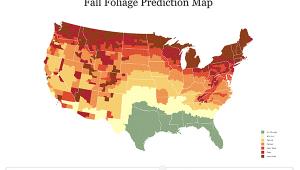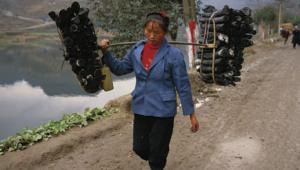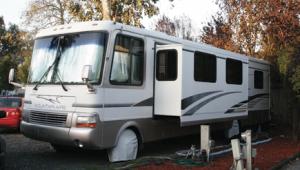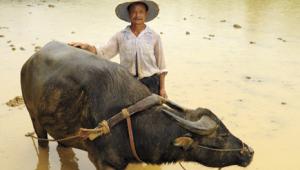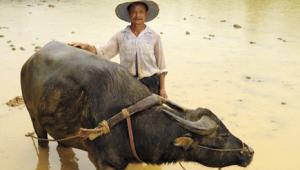Turn right to the trailhead at Mill Pond Historic Site. The trail heads back up and crosses to the north side of the paved road.
narconon fresh start - narconon fresh start reviews
A Netherlands Sampler; The Lowlands In Spring
As I kneel on the ground looking through my viewfinder at a particularly pleasing collection of tulips, it occurs to me that nothing grabs my attention more quickly than a display of nature’s bright colors, especially after a long, gray winter. And if color, flowers, and other photogenic subjects are what you crave, The Netherlands’ Lowlands—a swath approximately 35 miles long between Amsterdam and Rotterdam—cannot be beat.
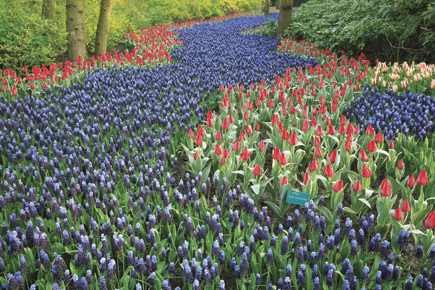 |
|
|
Photographing Icons
While visiting Holland, you will likely spend quite a bit of time photographing icons such as tulips, windmills, and wooden shoes. Because these subjects have been photographed so often, the challenge will be finding new ways to interpret them. I find that one of the best ways to accomplish this is to wait for unusual weather conditions to add drama and uniqueness to your images. Unfortunately such conditions cannot be purchased together with your plane ticket. When conditions are not what I hoped for, my philosophy is to shoot first and ask questions later. To paraphrase a popular saying, better to have photographed and lost than not photographed at all.
Another way to add uniqueness to your images is to photograph at twilight, which takes place 20-40 minutes before sunrise or after sundown. Some photographers call this the “blue hour” because the skies will turn a rich, deep blue, creating a nice separation between your subject and the sky. Photographing during twilight works best when your main subject is illuminated (as some windmills are), or when the subject’s silhouette is easily recognizable (windmills or church spires, for example).
 |
|
|
Keukenhof Gardens
First introduced to the country in 1593, the tulip is one of Holland’s most enduring symbols, and the Keukenhof Gardens are “tulip central” when it comes to admiring the flowers in a formal setting. The 79-acre park is comprised of gardens, ponds, fountains, greenhouses, a sculpture garden, and a windmill, plus features millions of multicolored tulips, daffodils, hyacinth bulbs, and other flowers. The park is located near Lisse, about 35 minutes south of Haarlem, and it includes a number of restaurants and gift shops. Even if you don’t buy a souvenir, stop by one of the gift shops to photograph wooden shoes, Dutch flags, wooden tulips, and other kitschy photogenic items.
 |
|
|
Commercial Fields
The commercial tulip fields surrounding the Keukenhof Gardens are the ideal subject to photograph at first light, before entering the gardens. Although you cannot officially enter the fields, they are next to the roads and can be photographed effectively. The best way to find the most colorful fields is to drive or bike around the many country lanes in the area. Pleasing compositions include the fields “leading the eye” toward the horizon, at an angle, or with windmills or churches in the distance. Typically, horizontal and vertical compositions work equally well. To add a quintessentially Dutch touch to your images, consider including a passing cyclist in your compositions (you will not have to wait long for one to ride by).
 |
|
|
Windmills
Declared a UNESCO World Heritage Site in 1997, Kinderdijk, about 7 miles east of Rotterdam, is the best place to see windmills in Holland. Nineteen windmills dating from the 18th century rise above a stark, marshy landscape, and can be viewed and photographed from a 21⁄2-mile system of paved paths along the dykes running past the windmills. The windmills are still functioning, and live-in operators are specially trained to maintain and operate the mills.
Because of the open landscape where Kinderdijk sits, the windmills photograph well either in the early morning or late afternoon hours. I used my 28-105mm zoom lens most while photographing at Kinderdijk, but bring a longer lens if you wish to isolate individual windmills. Especially in the spring, look for colorful flowers along the canals’ banks to use as foreground in your compositions.
Zaanse Schans, an open-air museum located about 6 miles northwest of Amsterdam, is another good place to photograph windmills. In addition to its six windmills, Zaanse Schans features a recreated 17th and 18th century village, complete with fairy-tale-like houses, canals, and flower gardens. Look for reflections of the houses in early morning when the water is still. The windmills themselves photograph best in the late afternoon.
- Log in or register to post comments


Firstly, windmills have played an essential role in making the Netherlands the country it is today and so their modern equivalents have an enormous symbolic value too. Secondly, while lots of NIMBY's complain about the turbines, those countries busy building up their capacity will find themselves in the long-run to strengthen their competitive advantage. Thirdly, if you have ever driven along the Ijsselmeer and seen the turbines there, there is a stunning symmetry to them and it is beautiful.
https://reviews.clazwork.com
